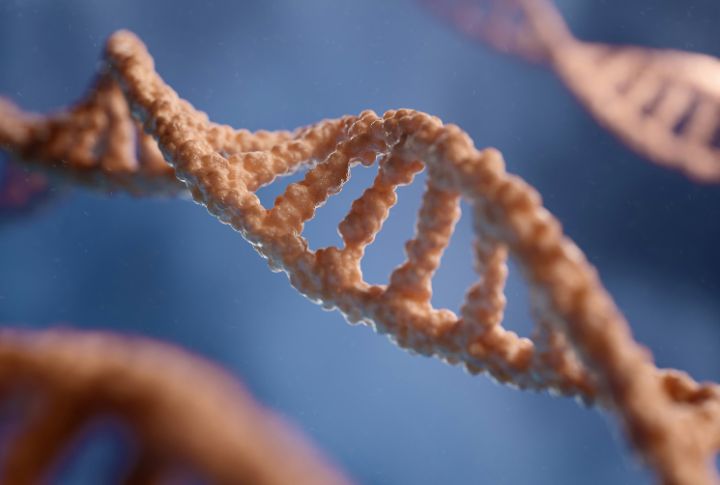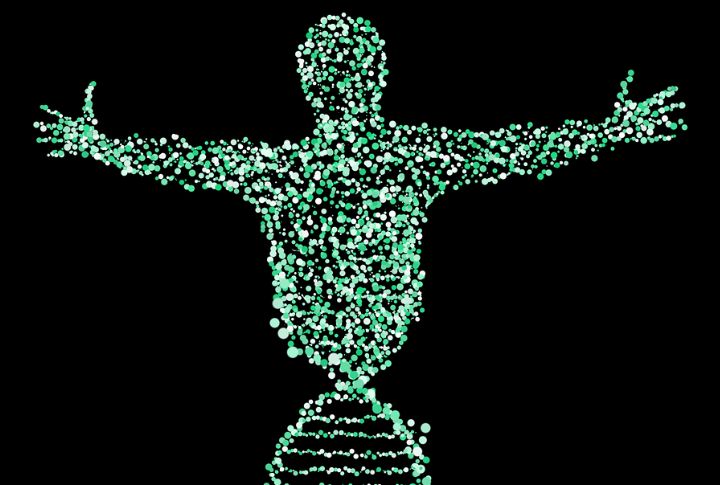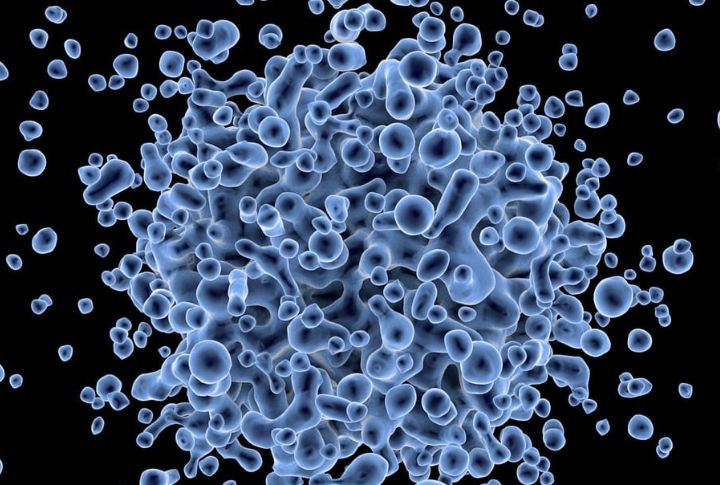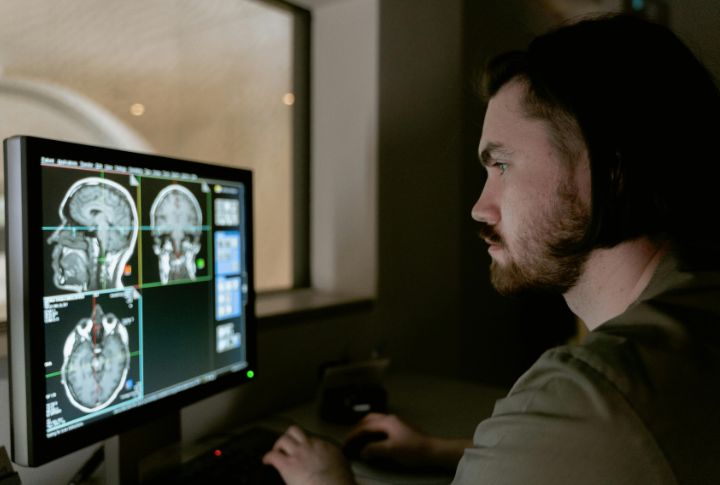
You’ve probably noticed some things about yourself that you can’t quite explain. Maybe it’s a habit or a talent you didn’t expect. It turns out there’s more to it than just luck. There’s something hidden in your cells that could be influencing you in ways you never imagined. Let’s find out what they are and what they do.
Genes Are Made Of DNA

Genes are coded sections of DNA that serve as templates for building proteins. Every function in your body begins with these genetic instructions. Without them, cells would have no blueprint for producing proteins essential for immune system functions, such as antibodies.
Humans Have Around 20,000 Genes

The human body runs on roughly 20,000 genes, fewer than a water flea. Size doesn’t equal complexity. What matters is how human genes interact with one another. Human genetics form complex networks that interact with each other and the environment, influencing susceptibility to diseases.
Genes Determine Physical Traits

Physical features are strongly influenced by genetic variation, while personality is shaped by both that and the environment. Genes signal which proteins to produce. They control many aspects, such as bone growth and melanin levels. When these instructions change slightly, physical traits shift.
Not All Genes Are Active All The Time

One wrong move in a gene might lead to disease. In cystic fibrosis, a single mutation changes how a protein moves salt in and out of cells. That error might thicken mucus, weaken lungs, or make digestion harder. A small glitch may disrupt an entire system.
Genes Can Influence Behavior And Personality

Your genetics don’t just shape bodies—they also affect mood. Variants in dopamine pathways, for instance, relate to impulsivity. Nature plays a deeper role than assumed. However, environmental factors such as nurture and life experiences also significantly shape behavior and personality, interacting with genetic predispositions.
Genes Are Inherited From Both Parents

Half of your genetic makeup comes from each biological parent. During reproduction, cells carry one copy of each one into the embryo. Here, these copies pair up—sometimes reinforcing a trait, other times balancing it out. It is an inheritance system that makes you a mix of both but never a replica.
Some Genes Are Linked To Specific Diseases

Certain genes raise the risk of diseases like Huntington’s or certain cancer types. BRCA1 mutations, for example, disrupt cell repair. When those safety nets fail, tumors form faster. Knowing your genetic profile could be helpful in making arrangements for early screenings and preventive steps.
Identical Twins Have Nearly Identical Genes

Identical twins share nearly the same DNA, yet they can differ in many aspects. Environmental inputs with gene activation levels help explain the contrast. This proves that while genes provide a script, experience may rewrite key scenes in life’s performance.
Gene Expression Affects Through The Environment

Air pollution, diet, and stress all influence which genes get activated. It is known as gene-environment interaction. The process affects the functionalities of your body or its systems. Surroundings don’t rewrite your DNA, but they have the ability to amplify it.

